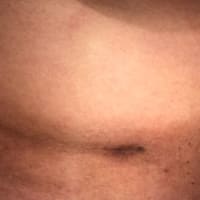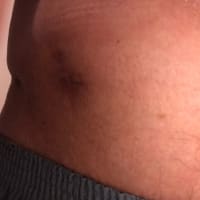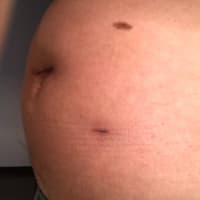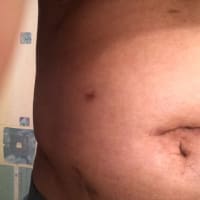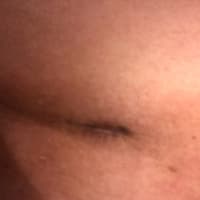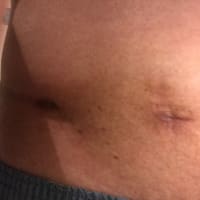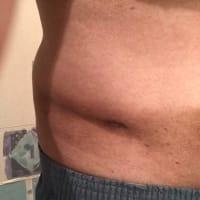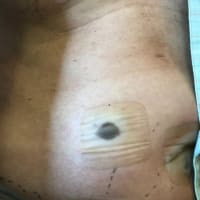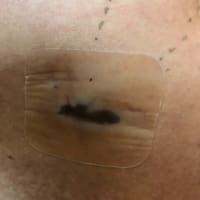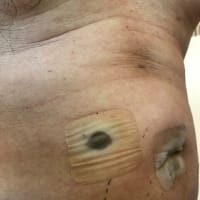In recent decades, there has been a call for change among all stakeholders involved in scoliosis management. Parents of
children with scoliosis have complained about the so-called “wait and see” approach that far too many doctors use when
evaluating children’s scoliosis curves between 10° and 25°. Observation, Physiotherapy Scoliosis Specific Exercises (PSSE)
and bracing for idiopathic scoliosis during growth are all therapeutic interventions accepted by the 2011 International
Society on Scoliosis Orthopaedic and Rehabilitation Treatment (SOSORT). The standard features of these interventions
are: 1) 3-dimension self-correction; 2) Training activities of daily living (ADL); and 3) Stabilization of the corrected posture.
PSSE is part of a scoliosis care model that includes scoliosis specific education, scoliosis specific physical therapy exercises,
children with scoliosis have complained about the so-called “wait and see” approach that far too many doctors use when
evaluating children’s scoliosis curves between 10° and 25°. Observation, Physiotherapy Scoliosis Specific Exercises (PSSE)
and bracing for idiopathic scoliosis during growth are all therapeutic interventions accepted by the 2011 International
Society on Scoliosis Orthopaedic and Rehabilitation Treatment (SOSORT). The standard features of these interventions
are: 1) 3-dimension self-correction; 2) Training activities of daily living (ADL); and 3) Stabilization of the corrected posture.
PSSE is part of a scoliosis care model that includes scoliosis specific education, scoliosis specific physical therapy exercises,












